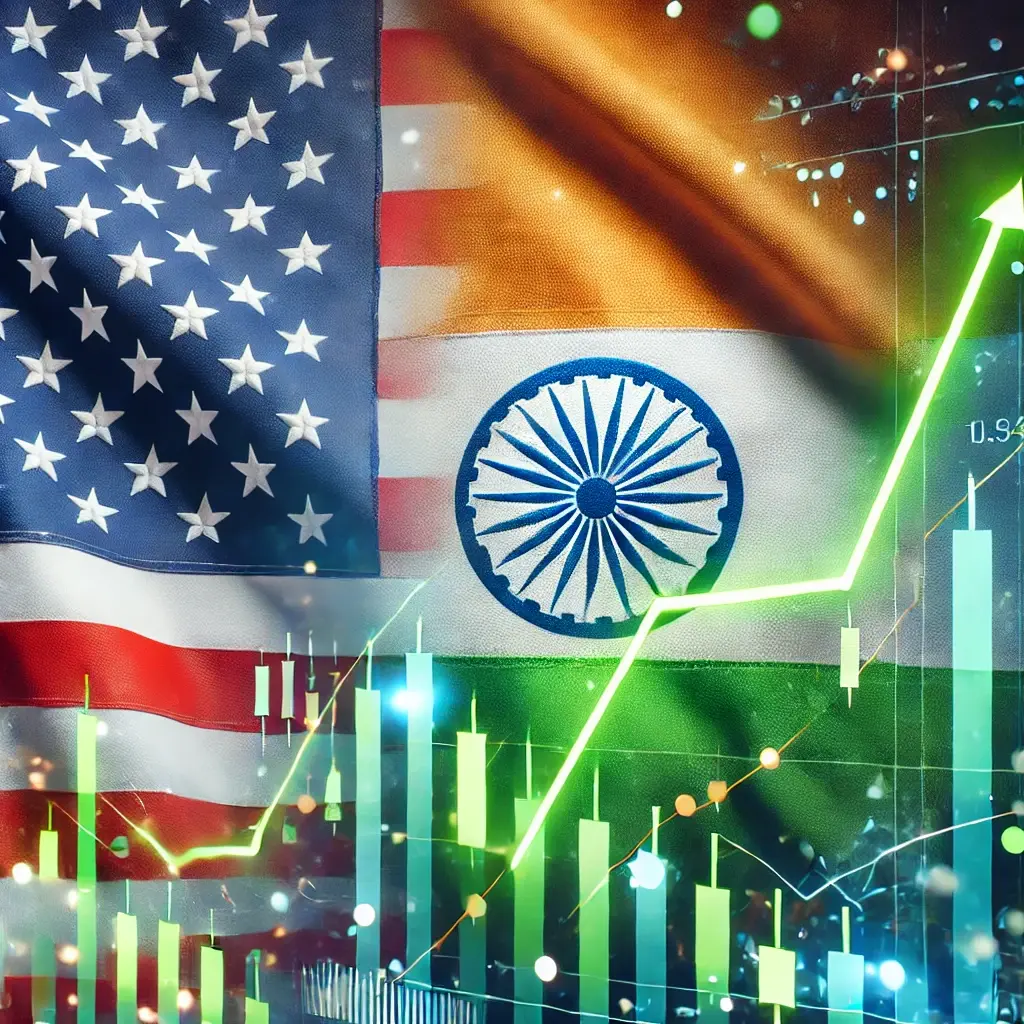
The performance of India’s Nifty 50 index is closely linked to global economic conditions, including U.S. policies, Federal Reserve decisions, and investor sentiment. With Donald Trump starting his second term as U.S. president in January 2025, it’s important to analyze how Nifty has performed under various U.S. administrations.
George Bush (2005-2009) – 45% Growth
During George W. Bush’s second term, Nifty 50 rose by 45%, supported by a global economic boom. However, the 2008 financial crisis caused a significant market crash, impacting Indian equities. The collapse of Lehman Brothers and the subsequent recession led to capital outflows from emerging markets, including India.
Barack Obama (2009-2017) – 45% (First Term) and 117% (Second Term)
Obama took office during the 2008 financial crisis, and his first term (2009-2013) saw Nifty gaining 45%, largely due to the post-crisis recovery and liquidity support from central banks.
His second term (2013-2017) saw an impressive 117% surge, driven by global economic stability, quantitative easing, and strong FII inflows into India. This period also aligned with India’s economic reforms under Narendra Modi, further boosting market confidence.
Donald Trump (2017-2021) – 38% Growth
Trump’s first term (2017-2021) saw Nifty rising by 38%, despite concerns over U.S.-China trade tensions. His tax cuts and pro-business policies initially boosted global markets. However, the COVID-19 pandemic in 2020 led to a sharp global market crash before a strong recovery.
Joe Biden (2021-2025) – 75% Growth
Under Joe Biden’s presidency, Nifty grew 75%, fueled by post-pandemic recovery, infrastructure spending, and a global bull run in equities. However, his term also faced inflationary pressures, interest rate hikes by the U.S. Fed, and geopolitical tensions such as the Russia-Ukraine war, which contributed to market volatility.
Donald Trump’s Second Term (2025-Present) – Market Performance So Far
Donald Trump began his second term in January 2025, and while it’s still early, investors are watching his economic policies closely. His return to office could bring renewed tax cuts, deregulation, and a focus on American manufacturing, all of which may impact global trade and financial markets. So far, Nifty’s performance in 2025 has been influenced by:
Global inflation trends and the Fed’s stance on interest rates.
Trade and foreign policy decisions by Trump’s administration.
India’s economic growth outlook and FII participation in Indian equities.
Key Takeaways for Indian Investors
1. Obama’s second term (2013-2017) had the best Nifty performance with 117% growth, driven by global liquidity and India’s policy reforms.2
2. Biden’s presidency (2021-2025) saw 75% growth, fueled by economic recovery post-COVID.
3. Trump’s first term (2017-2021) saw a 38% rise, but the pandemic disrupted market trends.
4. Trump’s second term (2025-present) is still unfolding, with markets reacting to his early policies and global economic conditions.
While U.S. presidential policies impact global financial markets, Nifty’s growth is primarily driven by India’s economic fundamentals, corporate earnings, and RBI policies. However, U.S. trade relations, interest rate decisions, and foreign investor sentiment also play a crucial role in shaping Nifty’s trajectory.
As Trump’s second term progresses, Indian investors should stay updated on global macroeconomic trends and policy shifts that could impact Nifty. For the latest stock market insights, stay tuned to sensexNifty.com!
Disclaimer: The information provided in this article is for informational and educational purposes only and should not be considered as financial or investment advice. Stock market investments are subject to market risks, and past performance does not guarantee future results. Readers are advised to conduct their own research and consult with a certified financial advisor before making any investment decisions. SensexNifty.com and the author are not responsible for any financial losses or decisions made based on this article.




